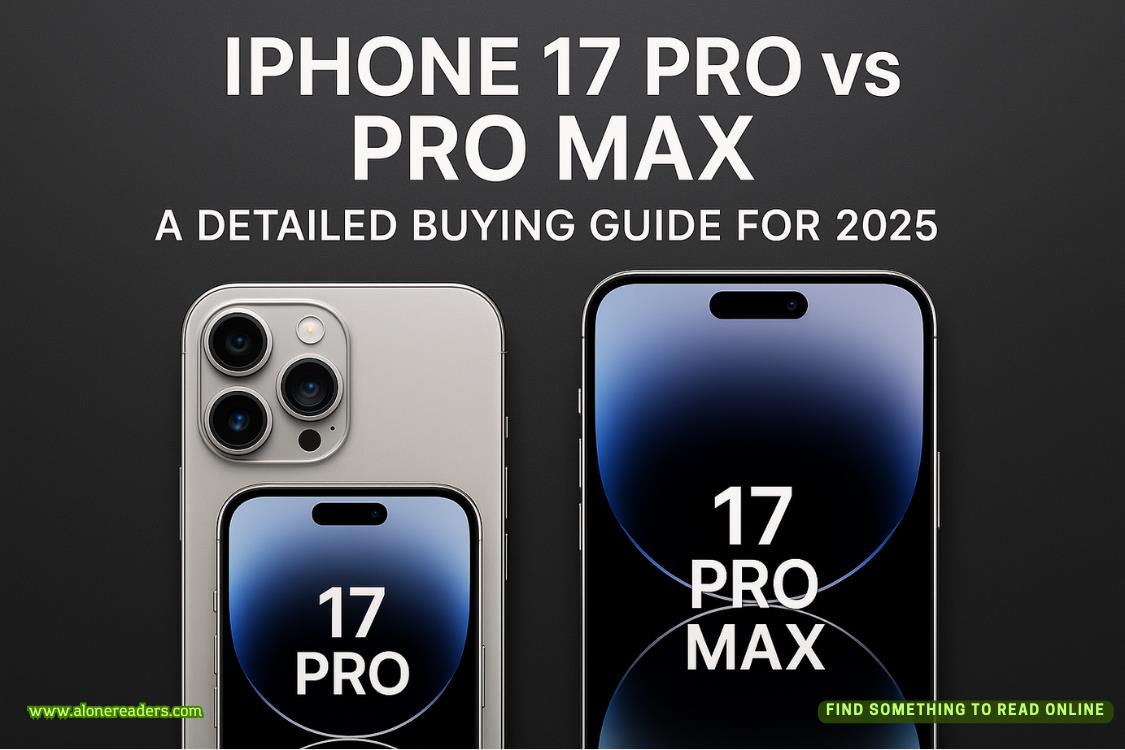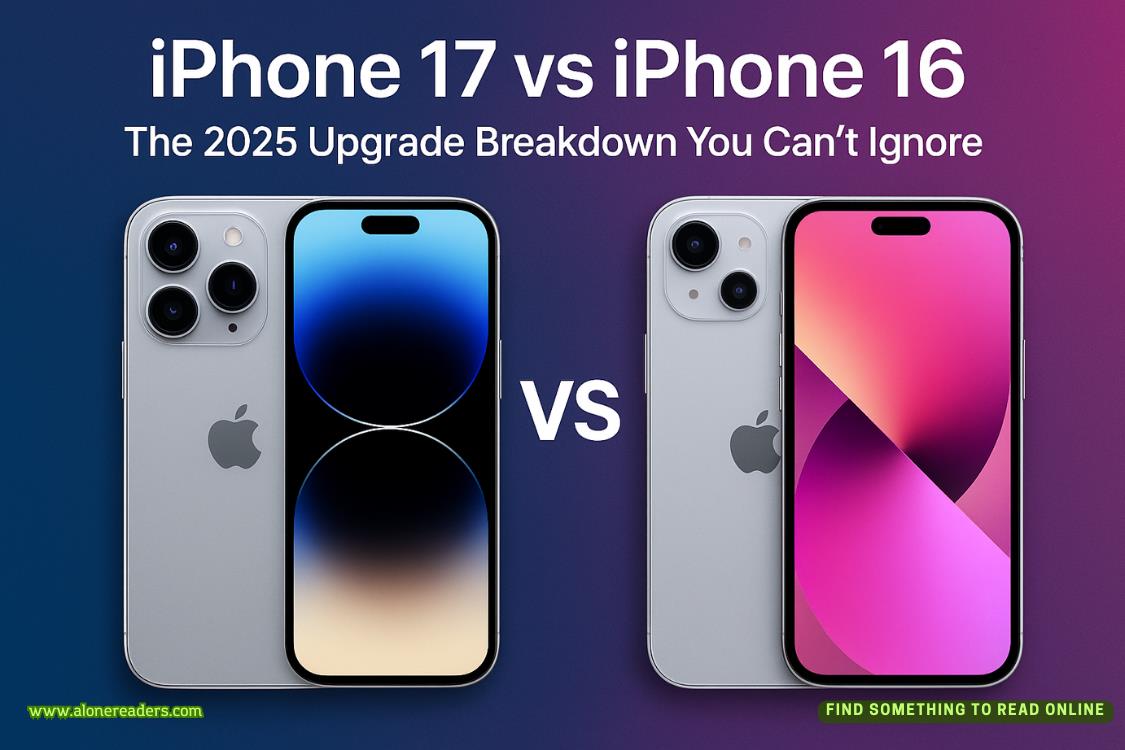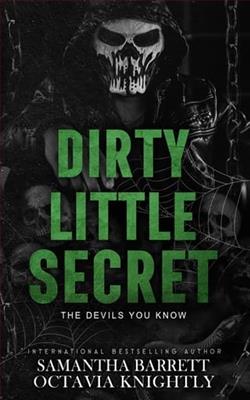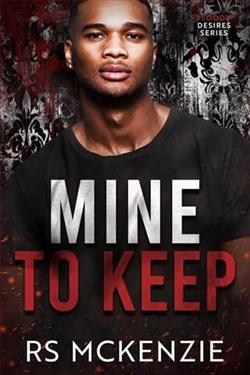Page 32 of The Burning Wire (Lincoln Rhyme 9)
"I--"
But Rhyme's attention was already on something else: the iron bars forming the grate that barred entrance to the access tunnel.
"How he'd cut through them, Mel?"
A careful look revealed he hadn't used a hacksaw but a bolt cutter.
Cooper examined the ends of the bars through a microscope fitted with a digital camera and took pictures. He then transferred the shots to the central computer and assembled them onto one screen.
"Any distinctive marks?" Rhyme asked. As with the broken hacksaw tooth and scratches on the bolts and nuts, any unusual marking on the cutter would link its owner to the crime scene.
"How's that one?" Cooper asked, pointing at the screen.
There was a tiny crescent of scratch in roughly the same position on the cut surfaces of several of the bars. "That'll do. Good."
Then Pulaski cocked his head and readied his pen as somebody at Bennington Electrical picked up the phone to speak to the young cop in his new capacity as the emperor of the New York City Police Department.
After a brief conversation he hung up.
"What the hell's with the cable, Pulaski?"
"First of all, that model cable's real common. They--"
"How common?"
"They sell millions of feet of it every year. It's mostly for medium-voltage distribution."
"Sixty thousand volts is medium?"
"I guess so. You can buy it from any electrical supply wholesaler. But he did say that Algonquin buys it in bulk."
Sellitto asked, "Who there would order it?"
"Technical Supplies Department."
"I'll give 'em a call," Sellitto said. He did so and had a brief conversation. He disconnected. "They're going to check if anything's missing from inventory."
Rhyme was gazing at the grating. "So he climbed through the manhole earlier and into the Algonquin work space under the alley."
Sachs said, "He might've been down the steam pipe manhole to do some work and seen the grating that led to the tunnel."
"Definitely suggests it's an employee." Rhyme hoped this was the case. Inside jobs made cops' work a lot easier. "Let's keep going. The boots."
She said, "Similar boot prints in both the access tunnel and near where the wire was rigged inside the substation."
"And any prints from the coffee shop?"
"That one," Pulaski responded, as he pointed to an electrostatic print. "Under the table. Looks like the same brand to me."
Mel Cooper examined it and concurred. The young officer continued, "And Amelia had me check the boots of the Algonquin workers who were there. They were all different."
Rhyme turned his attention to the boot. "What's the brand, do you think, Mel?"
Cooper was browsing through the NYPD's footwear database, which contained samples of thousands of shoes and boots, the vast majority of which were men's shoes. Most serious felonies involving physical presence at the scene were committed by men.
Rhyme had been instrumental in creating the expanded shoe and boot database years ago. He worked out voluntary arrangements with all the major manufacturers to have scans of their lines sent into the NYPD regularly.















